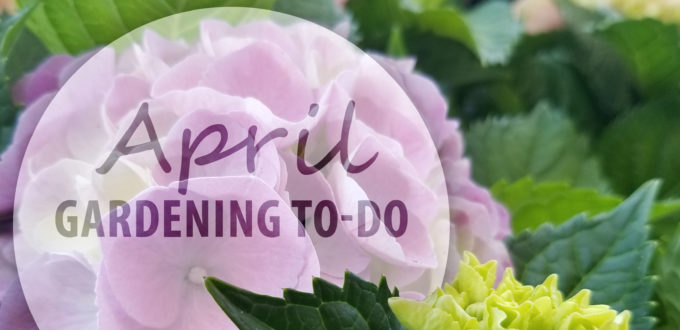WHAT TO PLANT
Annuals: New varieties of coleus do well in sun or shade and provide vivid colors and patterns into the hot summer months.
Herbs: Add nasturtiums to your herb garden. The leaves and flowers add a peppery zest to salads.
Vegetables: Continue planting warm-season crops, such as beans, sweet corn, and squash. Mulch well to prevent weeds and provide water if the weather has been dry.
WHAT TO DO
Pests: Monitor landscape plants weekly for aphids on tender new growth. A good 3-in-1 pesticide can be applied as a preventative measure to keep the bugs at bay.
Flowering plants: Check for thrips if leaves and/or flowers of gardenias and roses are damaged.
Perennials and bulbs: Divide clumps of bulbs, ornamental grasses, or herbaceous perennials to expand or rejuvenate garden beds or to pass along to friends.
Lawn insects: Rule out cultural problems, such as lack of water, that resemble insect damage before applying a pesticide.
Lawns: Apply fertilizer after new growth has started which is usually early April in north-central and central Florida, Choose a fertilizer (not a “weed and feed”) with little or no phosphorus unless a soil test indicates the need for it. A fertilizer with controlled-release nitrogen yields longer-lasting results.
Shrubs: Choose from a wide variety of shrubs to add to the landscape now.
Mulch: Add mulch to minimize weeds and conserve moisture during dry weather. Organic mulches such as shredded cypress, pine bark, and pine straw add nutrients to the soil.


